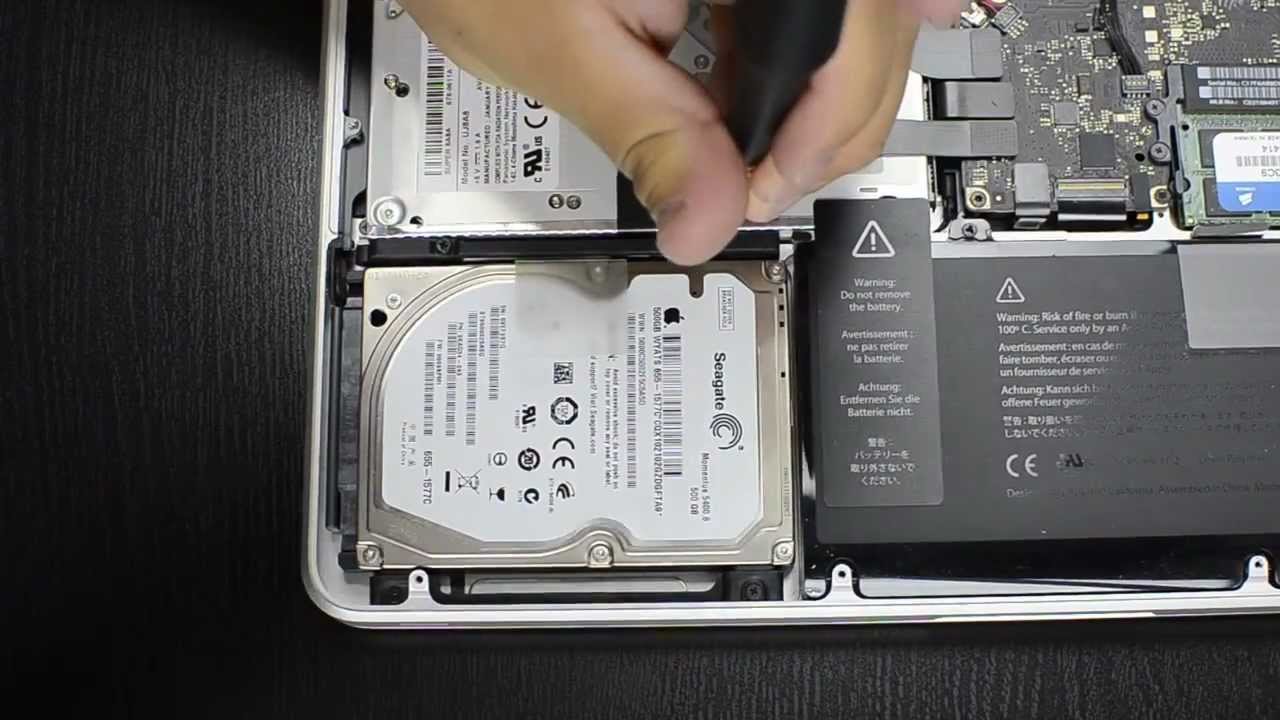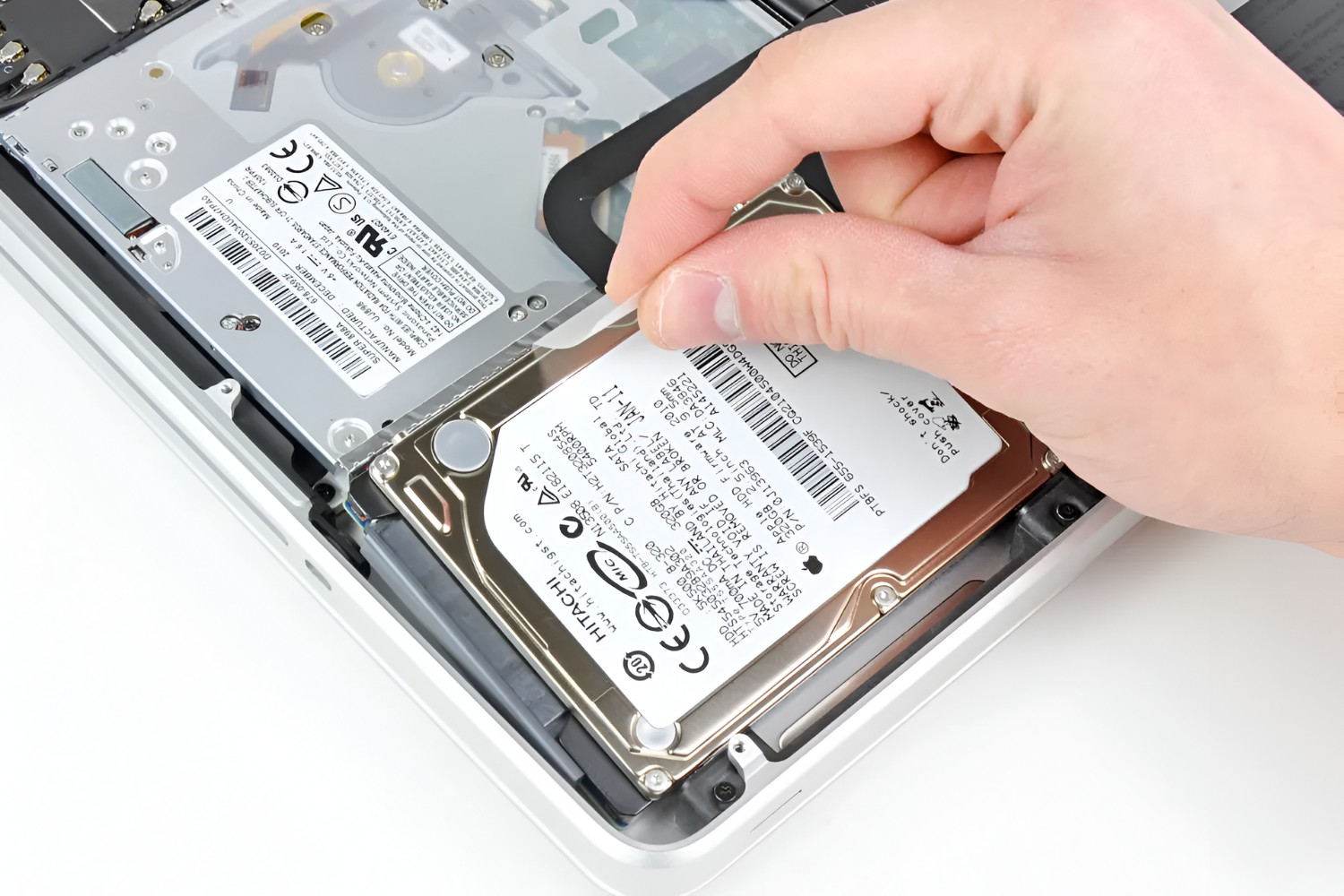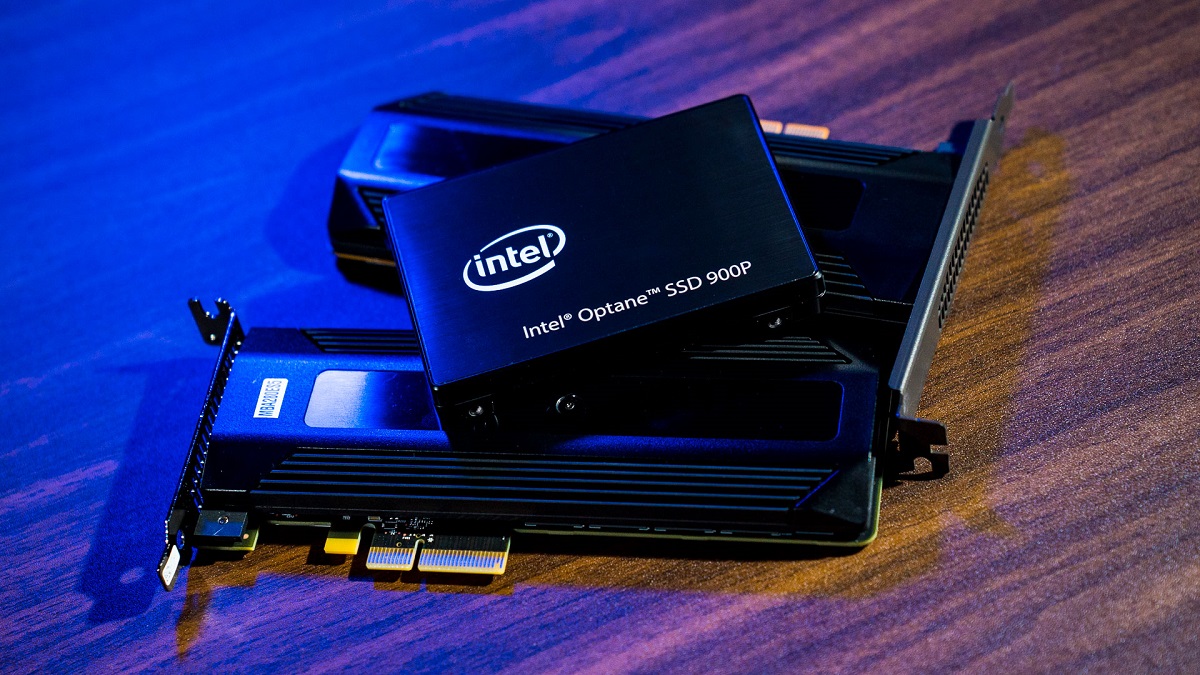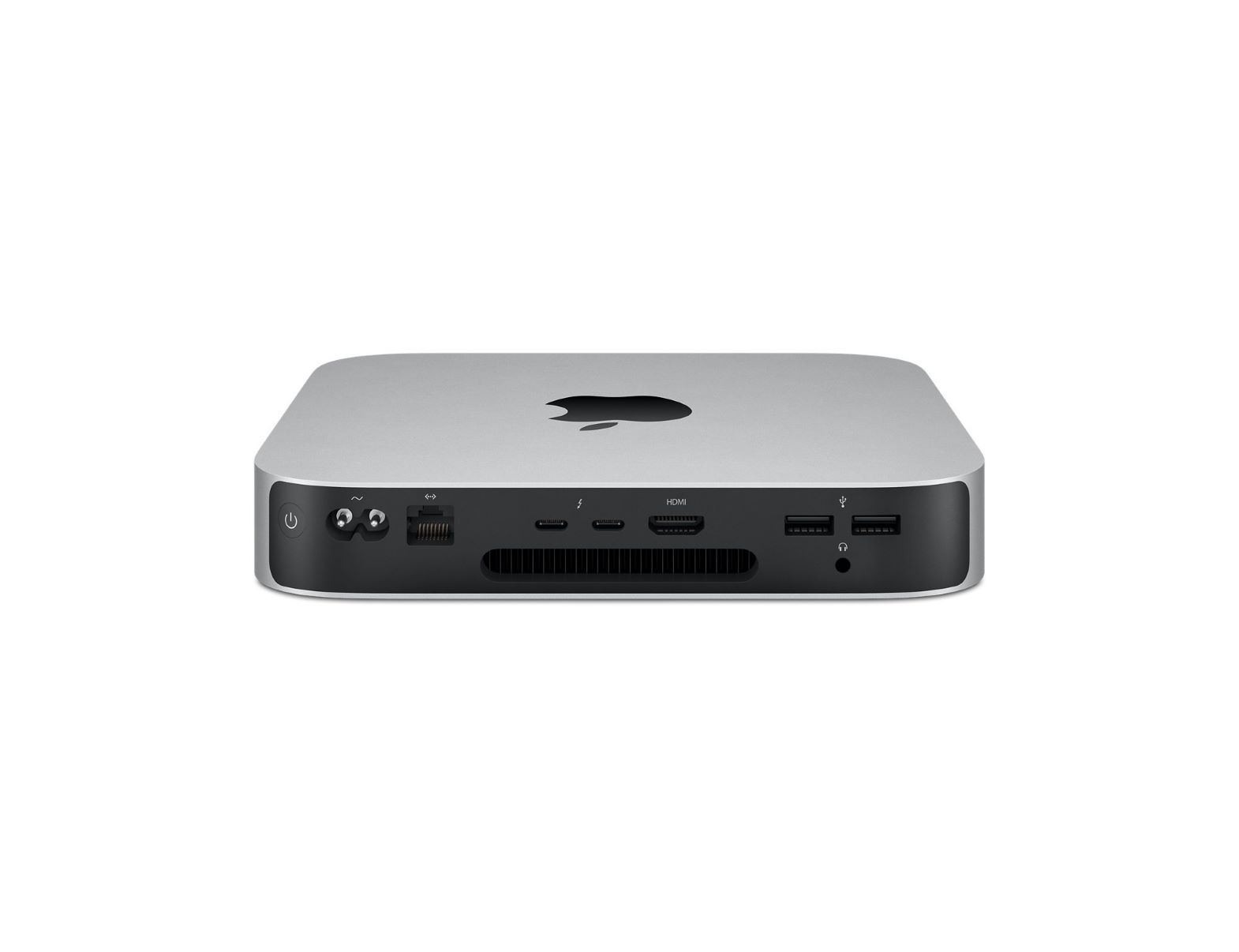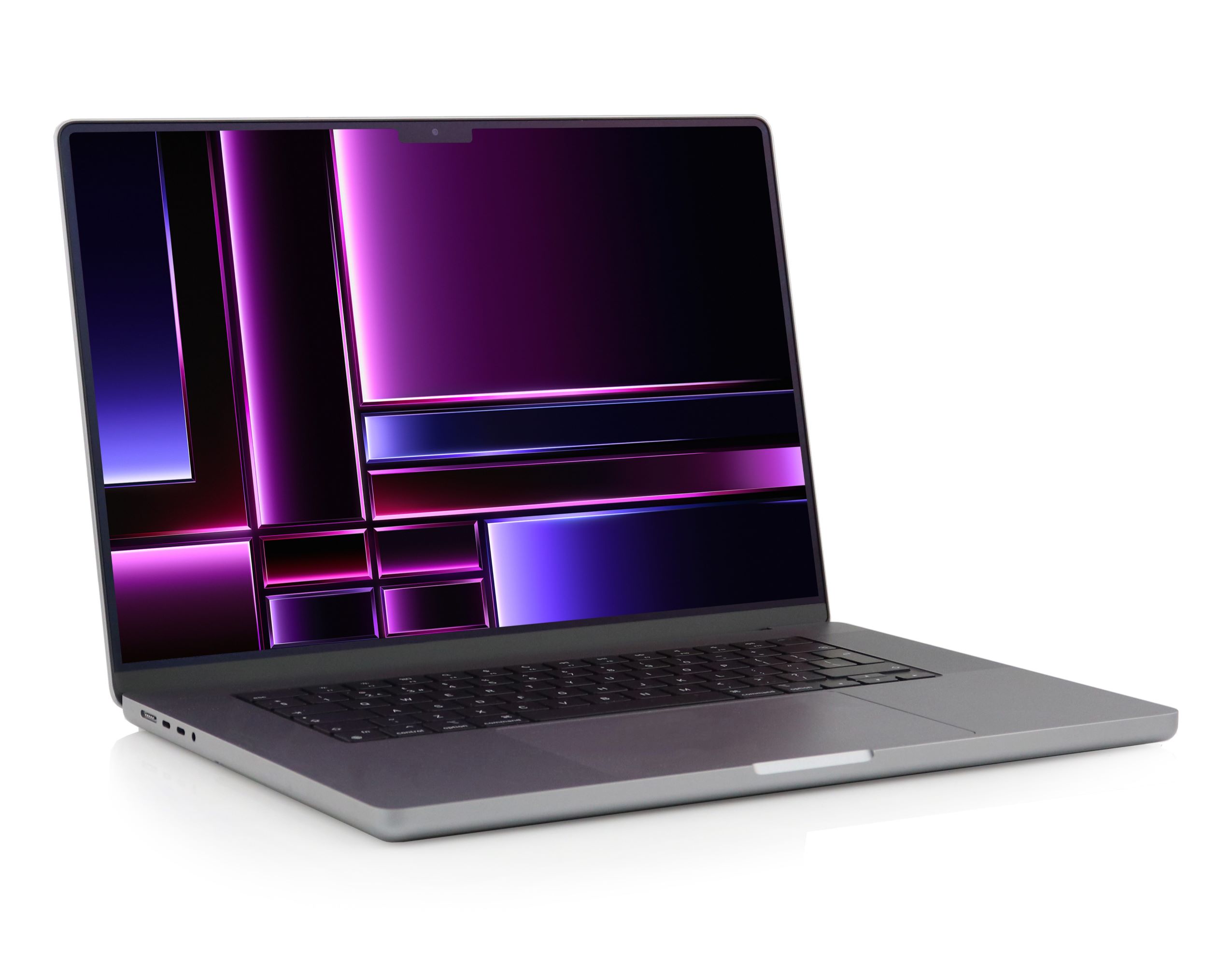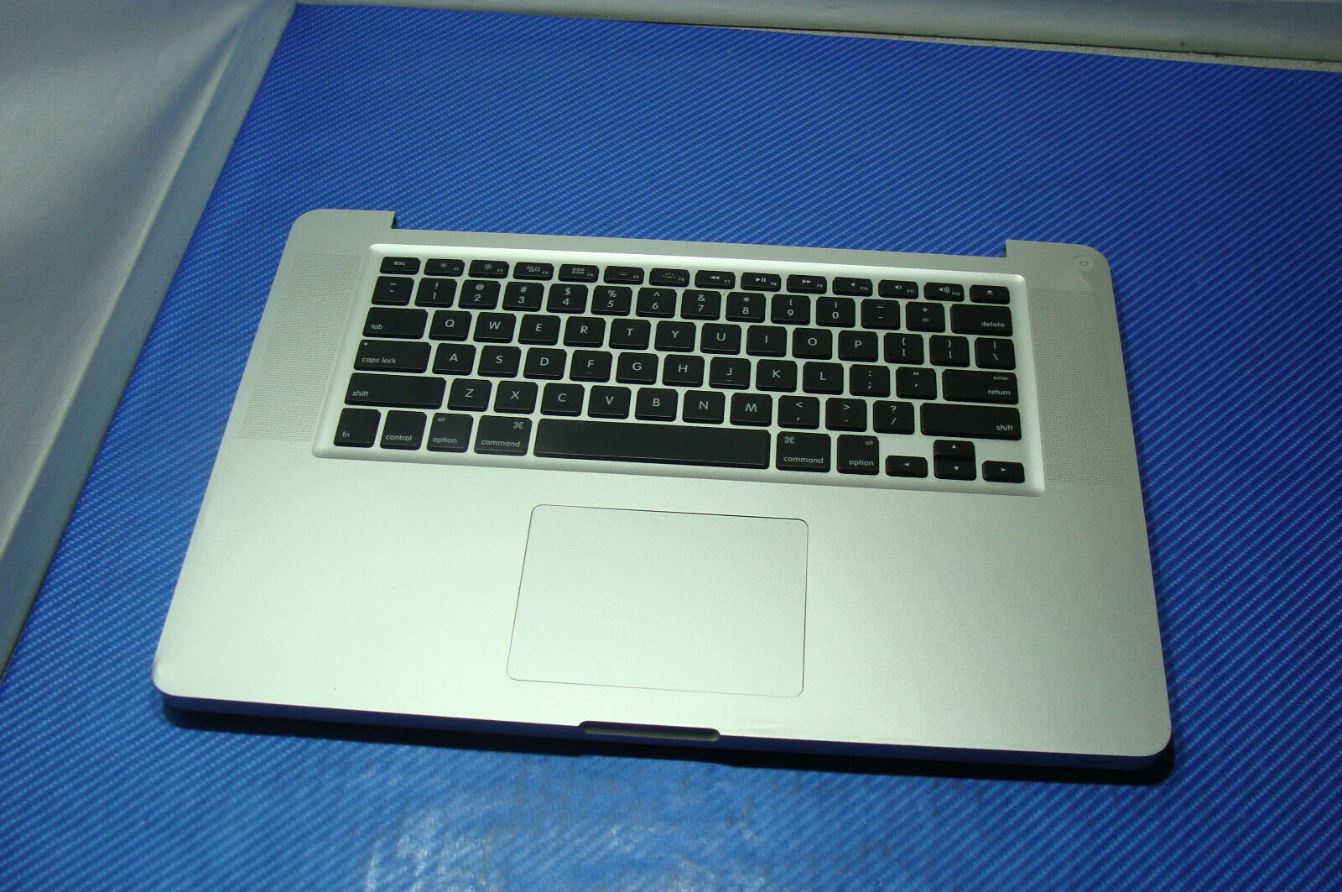Introduction
Welcome to this article, where we will explore what type of Solid-State Drive (SSD) is present in the MacBook Pro released in 2012. The MacBook Pro, known for its sleek design and impressive performance, utilizes SSD technology to enhance its speed and functionality. In this article, we will not only delve into the significance of SSDs but also shed light on the specific features of the SSD used in the MacBook Pro 2012. Whether you are a MacBook Pro user or simply curious about the technology behind it, this article will provide you with valuable insights.
SSD, or Solid-State Drive, has become an increasingly popular storage solution due to its numerous advantages over traditional hard drives. Unlike hard drives, which rely on spinning disks and mechanical parts, SSDs use NAND flash memory to store data, resulting in faster read and write speeds and improved durability. This makes SSDs a perfect choice for laptops like the MacBook Pro, where speed and durability are crucial.
Now, let us take a closer look at the importance of SSDs in enhancing the performance of the MacBook Pro.
What is SSD?
A Solid-State Drive (SSD) is a type of storage device that uses NAND flash memory to store data. Unlike traditional hard drives, which rely on spinning disks and mechanical components, SSDs have no moving parts. Instead, they use electronic circuits to store and retrieve data, resulting in faster read and write speeds.
SSDs have gained popularity in recent years due to their numerous advantages over traditional hard drives. One of the main advantages of SSDs is their speed. SSDs can access data almost instantaneously, whereas hard drives require a certain amount of time for the disks to spin and the read/write heads to move into position.
In addition to speed, SSDs also offer improved durability. Since there are no moving parts, there is less risk of mechanical failure. This makes SSDs more resistant to shock, vibration, and other physical impacts. Furthermore, SSDs are less susceptible to data loss caused by magnetic fields, making them a more reliable storage option.
Another advantage of SSDs is their energy efficiency. Since they have no moving parts, SSDs consume less power than traditional hard drives. This is especially beneficial for laptops like the MacBook Pro, as it helps to enhance battery life.
Furthermore, SSDs generate less heat than hard drives, which can help improve the overall temperature management of the device. This can lead to better performance and longevity for the MacBook Pro.
Overall, SSDs offer a significant upgrade over traditional hard drives in terms of speed, durability, energy efficiency, and reliability. The use of SSD technology in the MacBook Pro results in a faster and more efficient computing experience, making it a preferred choice for professionals, creatives, and power users alike.
Importance of SSD in MacBook Pro
The inclusion of Solid-State Drives (SSDs) in MacBook Pro laptops brings a plethora of benefits that greatly enhance the overall performance and user experience.
One of the primary advantages of SSDs in MacBook Pro is the significant improvement in data transfer speeds. Compared to traditional hard drives, SSDs can read and write data at a much faster rate, resulting in quicker boot-up times, faster application launches, and smoother overall system performance. This speed boost is especially noticeable when multitasking or working with large files, making SSDs a game-changer for professionals in fields such as video editing, graphic design, and programming.
Another crucial aspect is the durability and reliability of SSDs. As they lack mechanical components, SSDs are inherently more resistant to physical shocks and vibrations, making them more reliable for portable devices like MacBook Pro. Additionally, the absence of moving parts also means less wear and tear, resulting in a longer lifespan for the drive. MacBook Pro users can enjoy peace of mind knowing that their important data is stored safely and securely on an SSD.
The energy efficiency of SSDs is another notable advantage. SSDs consume less power than traditional hard drives, which translates to extended battery life for MacBook Pro laptops. This is especially beneficial for users who frequently work on the go or in environments where power outlets may be limited. With an SSD-equipped MacBook Pro, users can enjoy longer unplugged usage and increased productivity.
In terms of noise reduction, SSDs excel over traditional hard drives. Without spinning disks or moving parts, SSDs operate silently, eliminating the distracting humming or clicking sounds associated with hard drives. This creates a more pleasant and focused working environment, whether it be in a quiet office or a noise-sensitive location like a library or coffee shop.
Lastly, the compact and lightweight design of SSDs contributes to the overall sleekness and portability of the MacBook Pro. With no bulky mechanical components, MacBook Pro laptops equipped with SSDs are slimmer and lighter, making them easier to carry during commute and travel. Portability is further enhanced by the SSD’s resistance to physical shocks, ensuring that the drive remains intact even in the face of accidental drops or impacts.
In summary, the integration of SSDs in MacBook Pro laptops brings forth a host of advantages, including improved speed, enhanced durability, energy efficiency, reduced noise, and enhanced portability. These benefits make SSD-equipped MacBook Pro models the ideal choice for professionals, students, and anyone seeking a seamless and reliable computing experience.
Features of SSD in MacBook Pro 2012
The MacBook Pro released in 2012 comes with a solid-state drive (SSD) that offers several features to enhance its performance and storage capabilities.
One of the key features of the SSD in the MacBook Pro 2012 is its storage capacity. While the specific capacity may vary depending on the configuration, the SSDs offered in the MacBook Pro 2012 typically ranged from 128GB to 768GB. This ample storage space allows users to store a significant amount of files, including documents, photos, videos, and applications.
Another notable feature of the SSD in the MacBook Pro 2012 is its high-speed data transfer capabilities. The SSD utilizes the SATA III interface, enabling fast and efficient data transfer between the drive and the computer. This translates into quicker file access, reduced application load times, and improved overall system responsiveness. Whether you’re multitasking, working on resource-intensive tasks, or simply browsing the web, the fast data transfer speed of the SSD will enhance your productivity and user experience.
In terms of durability, the SSD in the MacBook Pro 2012 is designed to withstand physical shocks and vibrations. This is crucial for a portable device like the MacBook Pro, as it ensures the integrity and safety of your data, even if the laptop experiences accidental bumps or drops. The SSD’s robust build quality and lack of moving parts make it highly reliable, providing peace of mind to users who work on the go or in demanding environments.
The SSD in the MacBook Pro 2012 also features advanced power management capabilities. This helps optimize the laptop’s battery life by reducing power consumption when the drive is not actively in use. As a result, MacBook Pro users can enjoy longer battery runtime, allowing for increased productivity without constantly needing to be near a power outlet.
Additionally, the SSD in the MacBook Pro 2012 contributes to the overall slim and lightweight design of the laptop. SSDs are much smaller and lighter than traditional hard drives, allowing Apple to design thinner and more portable devices. The inclusion of the SSD not only provides ample storage but also ensures that the MacBook Pro remains sleek and easy to carry, making it a preferred choice for professionals on the move.
In summary, the SSD in the MacBook Pro 2012 offers a range of features, including ample storage capacity, high-speed data transfer, durability, advanced power management, and a compact design. These features combine to deliver a seamless and efficient computing experience for MacBook Pro users, allowing them to work with large files, access data quickly, and enjoy extended battery life, all in a sleek and portable package.
Performance Comparison with Traditional Hard Drive
When it comes to performance, Solid-State Drives (SSDs) in the MacBook Pro 2012 outshine traditional hard drives in several aspects.
The most significant difference lies in data access speeds. SSDs utilize flash memory technology, enabling them to read and write data at lightning-fast speeds. This results in significantly faster boot-up times, quicker application launches, and speedier data transfer compared to traditional hard drives. Tasks that used to take minutes on a hard drive, such as opening large files or running resource-intensive applications, can now be accomplished in a matter of seconds with an SSD in the MacBook Pro 2012.
In addition to faster data access, SSDs also excel in random read and write operations. Traditional hard drives rely on physical disk rotations to access data, resulting in slower performance when retrieving scattered or fragmented files. SSDs, on the other hand, have no mechanical parts and can access data in a non-linear fashion, making them much faster at handling random read and write operations. This is particularly beneficial for tasks like multitasking or working with multiple large files simultaneously.
Another noticeable advantage of SSDs is their low latency. When you request data from an SSD-equipped MacBook Pro, the response time is near-instantaneous. This low latency improves system responsiveness and reduces delays when interacting with applications or accessing files. With an SSD, you’ll experience a smooth and seamless computing experience, free from frustrating lag or delay.
In terms of durability, SSDs outperform traditional hard drives. Traditional hard drives consist of moving parts and spinning disks, making them more susceptible to physical shocks and damage. SSDs, however, have no moving parts, making them highly resistant to physical shocks and vibrations. This durability ensures the safety and integrity of your data, even in situations where the MacBook Pro may experience accidental drops or bumps. Additionally, SSDs are more resistant to wear and tear, resulting in a longer lifespan compared to traditional hard drives.
Lastly, the performance of an SSD remains consistent over time. As traditional hard drives age, they may experience performance degradation due to file fragmentation and other factors. SSDs, on the other hand, do not suffer from these issues. The speed and performance of an SSD in the MacBook Pro 2012 will remain consistent throughout its lifespan.
In summary, the SSDs in the MacBook Pro 2012 vastly outperform traditional hard drives in terms of data access speeds, random read and write operations, latency, durability, and long-term performance consistency. With an SSD, you’ll experience faster boot-up times, quicker application launches, smoother multitasking, and increased overall system responsiveness. The performance boost provided by an SSD in the MacBook Pro 2012 is a significant upgrade that enhances both productivity and user experience.
How to Know What SSD is in MacBook Pro 2012
If you’re curious about the specific Solid-State Drive (SSD) model installed in your MacBook Pro 2012, you can easily find out by following a few steps.
First, click on the Apple menu in the top left corner of your screen and select “About This Mac.” This will open a window displaying information about your MacBook Pro, including the model and year.
Next, click on the “System Report” button, which will open the System Information window. In the left-hand sidebar, scroll down and click on “Storage.” This will reveal detailed information about your storage devices, including the SSD.
In the right-hand pane, under the “Media Name” column, you will find the model name and capacity of your SSD. This information will help you identify the specific SSD used in your MacBook Pro 2012. Additionally, you can find details about the connection type (e.g., SATA III) and the firmware version of the SSD.
If you prefer a more straightforward approach, you can also use third-party software to retrieve information about the SSD. Applications like “DriveDx” or “Smart Utility” can provide detailed specifications and health status of your SSD, including the manufacturer, model, and firmware version.
It’s worth noting that the specific SSD model installed in your MacBook Pro 2012 may vary depending on the configuration and customization options chosen at the time of purchase. Apple sources SSDs from various manufacturers, such as Samsung, Toshiba, or SanDisk, among others.
By following these simple steps or using third-party software, you can easily determine the model and specifications of the SSD installed in your MacBook Pro 2012. This knowledge can be useful if you plan to upgrade or replace your SSD in the future or if you’re simply curious about the inner workings of your device.
Benefits of Upgrading SSD in MacBook Pro
Upgrading the Solid-State Drive (SSD) in your MacBook Pro can bring about several significant benefits, improving the overall performance and enhancing your user experience.
One of the primary advantages of upgrading your MacBook Pro’s SSD is increased storage capacity. As technology advances, the demand for larger storage space grows. By upgrading to a higher capacity SSD, you can store more files, including multimedia content, high-resolution photos, videos, and resource-intensive applications. This allows you to have a larger digital library and the flexibility to work on projects without worrying about running out of storage space.
Another crucial benefit of upgrading your MacBook Pro’s SSD is improved speed and performance. Upgrading to a newer, faster SSD can result in faster data transfer speeds, quicker boot-up times, and overall smoother system performance. This means that your MacBook Pro will be more responsive and efficient, allowing you to complete tasks more quickly and seamlessly. Whether you’re running demanding software applications, multitasking, or handling large files, a faster SSD will enhance your productivity and workflow.
Enhanced durability is another advantage of upgrading your MacBook Pro’s SSD. As SSD technology advances, newer models often come with improved durability features, such as better shock resistance and higher endurance ratings. This means that your data will be better protected in case of accidental drops or physical impacts. Additionally, upgrading your SSD can reduce the risk of data loss due to drive failure, ensuring the safety and integrity of your valuable files.
Upgrading your MacBook Pro’s SSD can also extend its lifespan. Over time, older SSD models may experience wear and tear that can impact performance. By upgrading to a newer SSD, you can benefit from improved technology and longevity. This ensures that your MacBook Pro will continue to perform optimally for a longer period, saving you from the hassle and cost of frequent replacements.
Additionally, upgrading your MacBook Pro’s SSD can contribute to improved power efficiency. Newer SSD models often come with advanced power management features that help optimize power consumption. This results in extended battery life, allowing you to work for longer periods without needing to recharge. Whether you’re a frequent traveler or rely on your MacBook Pro for extended work sessions, the increased power efficiency provided by an upgraded SSD can greatly enhance your mobility and productivity.
Lastly, upgrading your MacBook Pro’s SSD allows you to take advantage of the latest technologies and features. Newer SSD models often incorporate advancements in data encryption, reliability, and speed. By upgrading, you can benefit from these innovations, ensuring that your MacBook Pro remains up to date and able to handle future software and hardware requirements.
In summary, upgrading the SSD in your MacBook Pro presents numerous benefits, including increased storage capacity, improved speed and performance, enhanced durability, extended lifespan, improved power efficiency, and access to the latest technological advancements. By upgrading, you can optimize your MacBook Pro to meet your evolving storage and performance needs, enhancing your overall computing experience.
Conclusion
In conclusion, the Solid-State Drive (SSD) technology in the MacBook Pro 2012 provides numerous advantages that greatly enhance performance, storage capacity, and overall user experience. SSDs offer faster data access speeds, improved durability, enhanced power efficiency, and a compact design. Upgrading the SSD in your MacBook Pro allows for increased storage capacity, improved speed and performance, extended durability, prolonged lifespan, and access to the latest technology.
The inclusion of SSDs in the MacBook Pro 2012 results in faster boot-up times, quicker application launches, and smoother multitasking. SSDs outperform traditional hard drives in terms of data transfer speeds, random read and write operations, latency, and long-term performance consistency. This provides professionals, creatives, and power users with the tools they need for seamless productivity and efficient workflows.
Knowing the specific model and specifications of the SSD in your MacBook Pro 2012 is attainable through system information settings or third-party software. Upgrading your MacBook Pro’s SSD offers increased storage capacity to accommodate larger files, enhances speed and performance, improves durability, extends the device’s lifespan, and optimizes power efficiency. Moreover, upgrading SSDs allows users to take advantage of the latest technological advancements and ensures compatibility with future software and hardware requirements.
Overall, the SSDs in the MacBook Pro 2012 deliver significant benefits, making it a versatile and high-performance device for a wide range of users. The combination of speed, storage capacity, durability, and power efficiency provided by SSD technology elevates the MacBook Pro 2012 to a reliable and efficient workhorse. Whether you’re a professional, student, or casual user, upgrading the SSD in your MacBook Pro can unlock its full potential and provide you with an exceptional computing experience.







